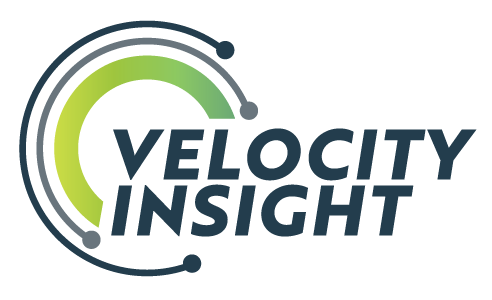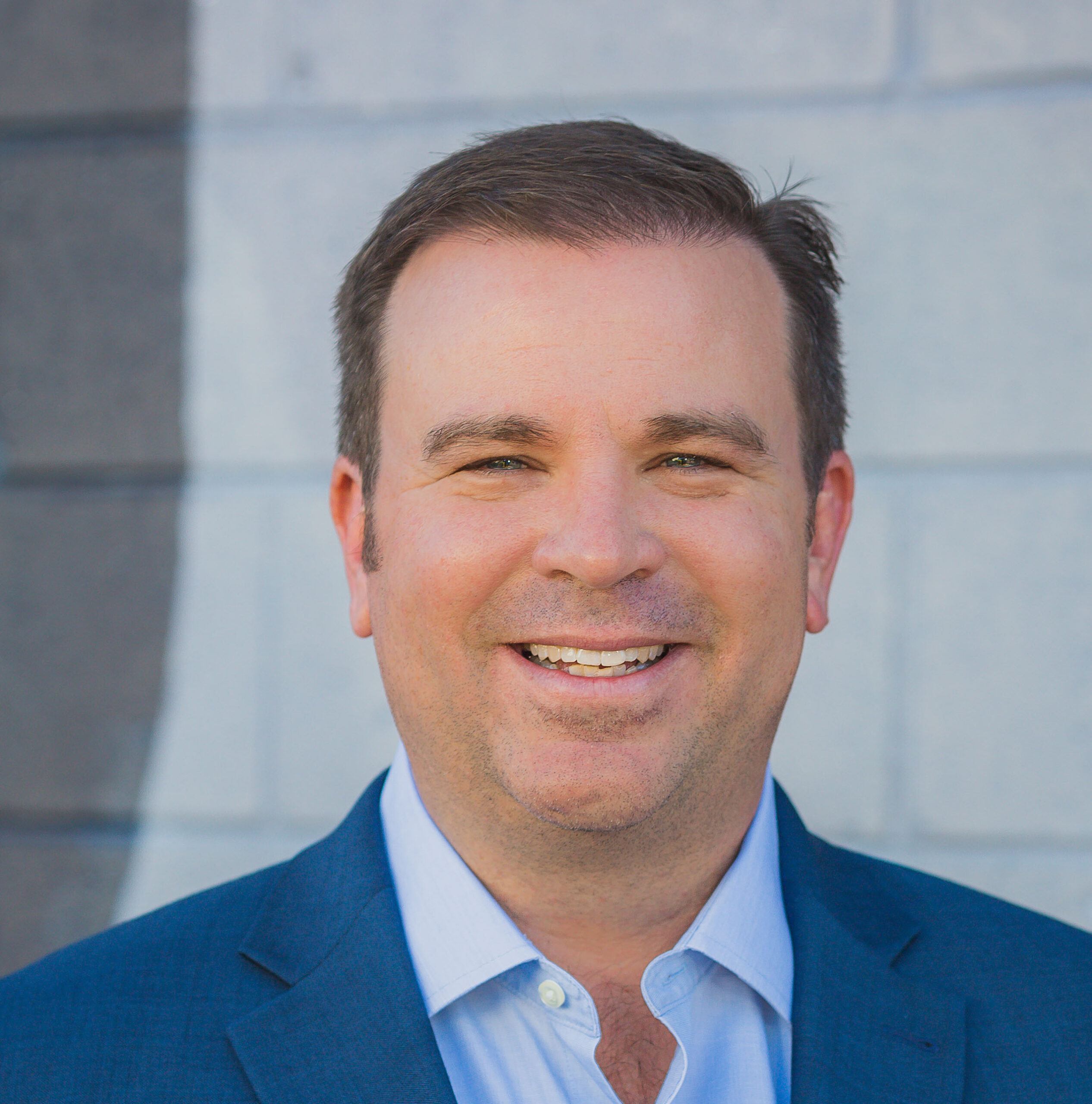When you’re talking to an industrial software company, there’s always a spot at the end of the meeting where you want to know – “so how much does this thing cost?” But that’s really not a helpful question – a much better one is “so what’s your commercial model?”
Why is that a better question? Because commercial models eat technology for breakfast. Let’s dive into that a bit, using three pieces of oil & gas software as examples. Watching the hundreds of pieces of O&G software fight for market share (yes, there are hundreds, we have a list), I increasingly see that the fight against incumbent software is not really a technology problem. Having a faster database, or better mobile access, or a more intuitive interface is great, don’t get me wrong. But fighting incumbency is much more about how people procure and pay for software, not about Dark Mode and cool animations. I see three big types of commercial models that are helping to fight incumbents, and have an example for each. None of these companies are paying me to say this, but I think they represent some fascinating trends:
01. Freemium – WellDatabase
02. License-less data sharing – Combo Curve
03. Jibability (I know its not a word, stick with me) – Well Data Labs
01. Freemium
We’ve all been living in a Freemium world for a decade or more now as consumers. However, I’ve only seen a handful of industrial software companies use it so far, the first being WellDatabase. Their subscription products are particularly well suited for Freemium – give somebody enough experience and exposure to your offering from a free offering that they know what they’re getting if they sign up to pay. By pushing out a Freemium model, John Ferrell and team have cracked open the IHS/Enverus well data subscription vault. This is a huge improvement over a free trial license. With a free trial, it’s difficult to persuade yourself to invest in learning the tool because you know that you only have it for a few weeks. With a typical O&G professional using multiple pieces of software in their job, that barrier may sound trivial, but it isn’t. The big question to me is “can enterprise software accommodate Freemium approaches?” Certainly, this is infinitely easier if the tools are cloud-native. Locking and unlocking features in a web app is trivial compared to an on-prem install – Hubspot, Trello, Freshbooks, and others have nailed this. But imagine a big piece of enterprise O&G software like production allocation or an ERP (Enterprise Resource Planning software) trying to follow this model – how would you ring-fence the freemium piece? I’m not sure, but I bet some smart software people have ideas.
02. License-less data sharing
ComboCurve is a very interesting product on the market right now (summer 2021). They’re attracting big-name customers, hiring smart people, and getting listens on all the cool podcasts. Their tool is certainly beautiful and intuitive, and the incumbents they’re attacking (ARIES and PHDWin) have well-documented weaknesses. But ComboCurve is hardly the first tool to try to fill that niche, so why do they seem to be succeeding where other have struggled? I believe a crucial piece is their innovation of allowing a ComboCurve customer to send their database to 3rd parties without an additional license fee. As a reserves guy, I never once used ARIES because I enjoyed it (NARRATOR: He never enjoyed it.). It was because ARIES is the lingua franca of reserves databases. ARIES shops need ARIES licenses, and can only send databases to banks, buyers, and investors that also have ARIES licenses. It has given Landmark (as well as PHDWin) a large and astonishingly durable competitive moat. By making it easy to send a ComboCurve database to your bank engineers, potential acquirers, and reserves auditors, Jeremy Gottlieb, Armand Paradis, and team have achieved two things at once. They added a new universal language to run in parallel to ARIES/PHDWin, and gave themselves a viral-ish marketing/sales channel as their tools get into the hands of those engineers wishing for a post-Windows 95 user interface.
03. Jibability
Now the big reveal – what the heck do I mean by jibability? I mean the ability to easily, and defensibly, JIB out software costs out to partners via CAPEX or LOE (JIB= joint interest billing, for the folks in the back). Well Data Labs was the first company I saw who seemed to really understand the importance of this to an E&P operator. By invoicing on a per-well or per-day basis, the costs associated with WDL’s completions diagnostic tools are well-suited for billing directly to the AFE. On the AFE, it doesn’t just get capitalized (instead of hitting the dreaded G&A), it’s also JIB’d out to non-operating working interest partners, helping the operator keep their own overhead costs down. Josh Churlik and company have great technology and a deserved reputation for engineering innovation, but it’s their commercial model that really made their offering adoptable for a lot of E&P’s. This is a bigger deal than it may seem on the face. Imagine an operator with 50% working interest – out of the gate, this drops the cash cost of the software in half for the operator. On top of that, instead of having all the costs hit in year 1 on G&A, that cost now goes into the accounting DD&A pool. Depending on timing and the reserves booked on the well, that could push almost all of the costs out of this year’s financial statements. The software vendor still gets paid now, but the costs don’t roll through the E&P’s Income Statement in the same way at all. That $50,000 software invoice doesn’t look so scary anymore.I’ve seen a lot of companies follow this model over the last few years – drilling diagnostic tools, geosteering platforms, and even SCADA-as-a-service offerings. There are limits to jibability, of course – some tools aren’t suited for it, and it can be a paperwork headache for the vendor. But if your software could be billed that way, your client’s accounting and finance departments will thank you.
Mmm, this technology is delicious on toast…

As a bit of a nerd, it pains me to say this. I love me some Dark Mode and REST API’s, but I’ll always care more about the commercial model when looking at innovators. It’s often the game-changer for reducing the barriers to entry and enabling the displacement of incumbent software. Stick with the same commercial model as the incumbent, and your technology has to be AMAZING to win. Innovate on commercial model, and magic can happen. Drop us a line if you enjoyed this – we love talking about this stuff. And special thanks to Jim Thorson and David Forsberg for listening to me work these concepts out over coffee recently.


